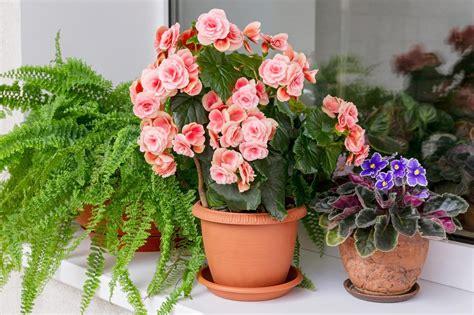It may sound unbelievable, but recent research suggests that plants can sense and respond to sound—even though they don’t have ears. While they don’t “hear” in the way humans do, they can detect vibrations from their environment.
For instance, research has determined that certain plants develop more rapidly when subjected to music or soft vibrations. Others, such as certain flowers, yield sweeter nectar when they "listen" to the buzzing of pollinators such as bees in their vicinity.
At the cellular level, plants employ mechanoreceptors—minute cellular structures that respond to movement and pressure. These receptors enable plants to sense what's going on around them, including the sound of wind blowing or the pattering of feet.
Learning how plants respond to sound is a tantalizing prospect for agriculture. Farmers can potentially use sound frequencies to stimulate plant growth, strengthen pest resistance, or even minimize the use of chemicals.
And lo, the green world is a whole lot more alive and attuned than we ever dreamed it would be—listening quietly to the beat of life around it.

